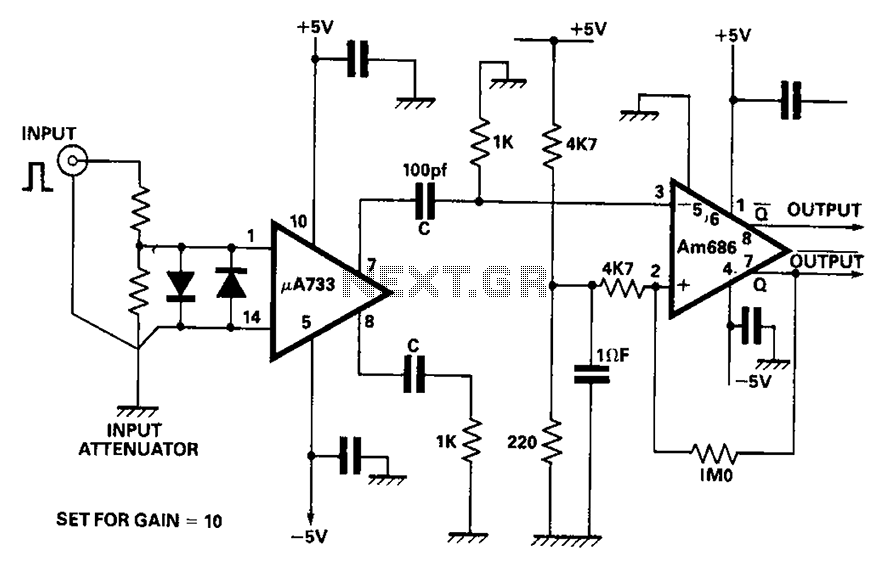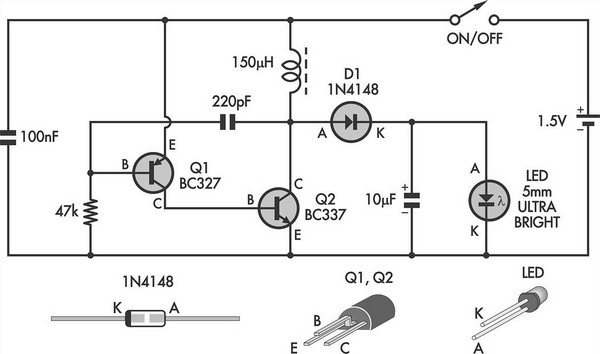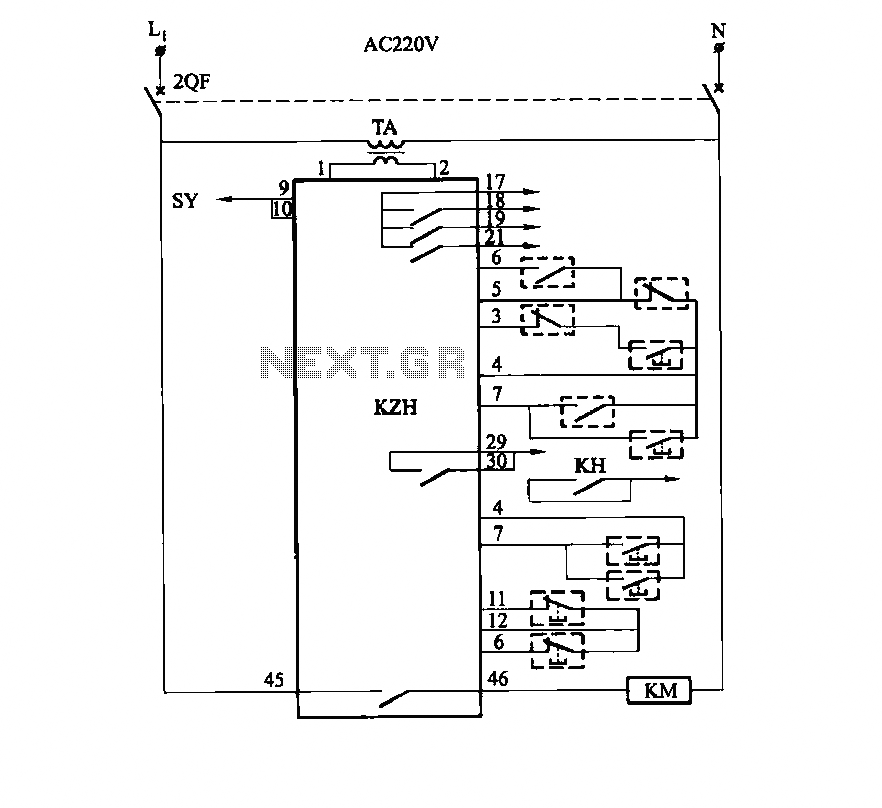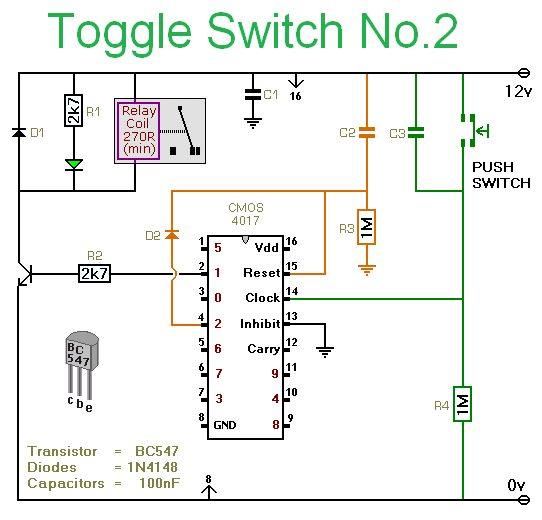
What type of protector to use
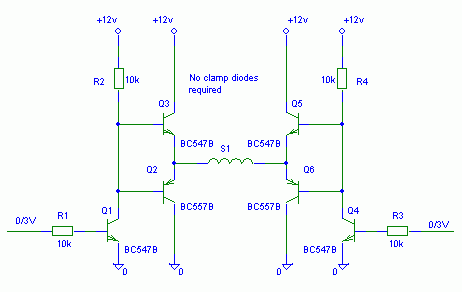
The PE014A12 relay from Tyco Electronics features a single coil that requires a positive voltage to activate and a negative voltage to deactivate.
The PE014A12 relay is a single-coil electromagnetic relay designed for applications requiring a simple on/off switching mechanism. The relay operates by applying a positive voltage to the coil, which generates a magnetic field that closes the switch contacts, allowing current to flow through the load. To deactivate the relay, a negative voltage must be applied to the coil, which reverses the magnetic field, opening the contacts and interrupting the current flow.
In terms of specifications, this relay typically operates within a voltage range that should be verified in the datasheet to ensure compatibility with the intended application. It is also essential to consider the current rating of the contacts, as this will determine the maximum load that can be switched without damaging the relay. The relay's switching time, typically in the milliseconds range, and its lifespan in terms of the number of operations should also be evaluated for the specific use case.
For integration into a circuit, it is advisable to include a flyback diode across the relay coil to protect the driving circuit from voltage spikes generated when the coil is de-energized. This diode should be rated for the coil current and reverse voltage to ensure reliable operation.
The relay can be controlled using a microcontroller or any other switching device capable of providing the necessary voltage levels. Proper attention should be given to the input signal's characteristics, ensuring that it can adequately drive the relay without exceeding the coil's voltage ratings.
Overall, the PE014A12 relay is suitable for various applications, including automation systems, control panels, and other electronic devices requiring reliable switching capabilities.Hi, I would like to use this relay: PE014A12 (tyco electronics) It has only 1 coil and it has to be driven + / - to switch on and - / + to switch off, .. 🔗 External reference
The PE014A12 relay is a single-coil electromagnetic relay designed for applications requiring a simple on/off switching mechanism. The relay operates by applying a positive voltage to the coil, which generates a magnetic field that closes the switch contacts, allowing current to flow through the load. To deactivate the relay, a negative voltage must be applied to the coil, which reverses the magnetic field, opening the contacts and interrupting the current flow.
In terms of specifications, this relay typically operates within a voltage range that should be verified in the datasheet to ensure compatibility with the intended application. It is also essential to consider the current rating of the contacts, as this will determine the maximum load that can be switched without damaging the relay. The relay's switching time, typically in the milliseconds range, and its lifespan in terms of the number of operations should also be evaluated for the specific use case.
For integration into a circuit, it is advisable to include a flyback diode across the relay coil to protect the driving circuit from voltage spikes generated when the coil is de-energized. This diode should be rated for the coil current and reverse voltage to ensure reliable operation.
The relay can be controlled using a microcontroller or any other switching device capable of providing the necessary voltage levels. Proper attention should be given to the input signal's characteristics, ensuring that it can adequately drive the relay without exceeding the coil's voltage ratings.
Overall, the PE014A12 relay is suitable for various applications, including automation systems, control panels, and other electronic devices requiring reliable switching capabilities.Hi, I would like to use this relay: PE014A12 (tyco electronics) It has only 1 coil and it has to be driven + / - to switch on and - / + to switch off, .. 🔗 External reference


